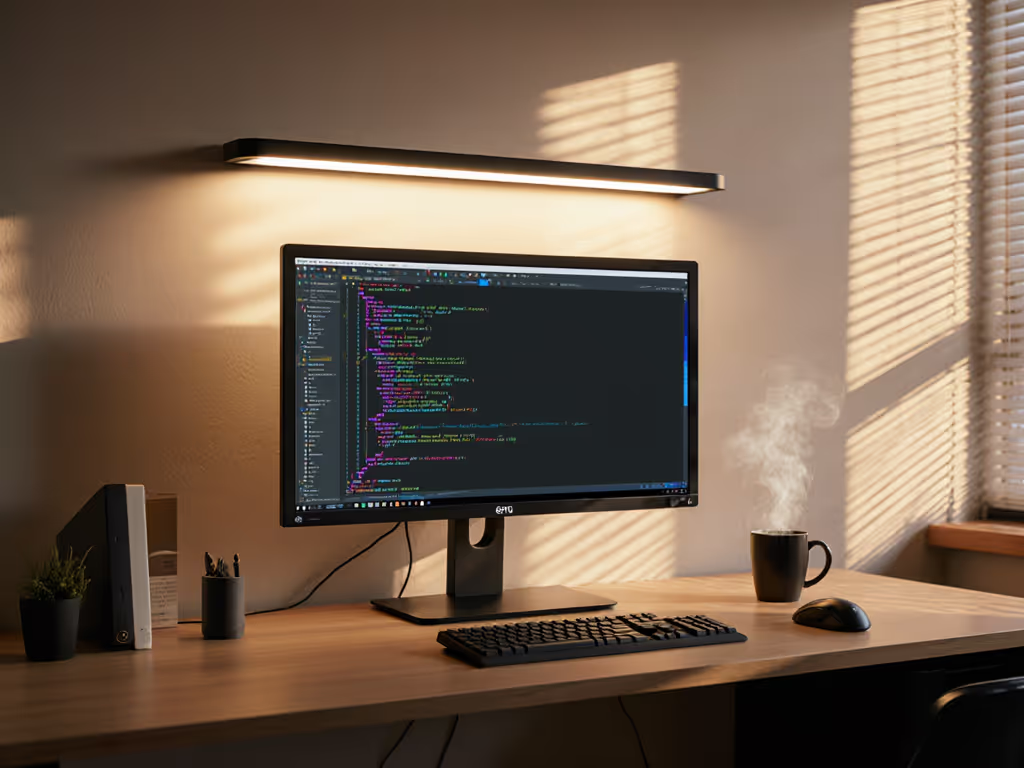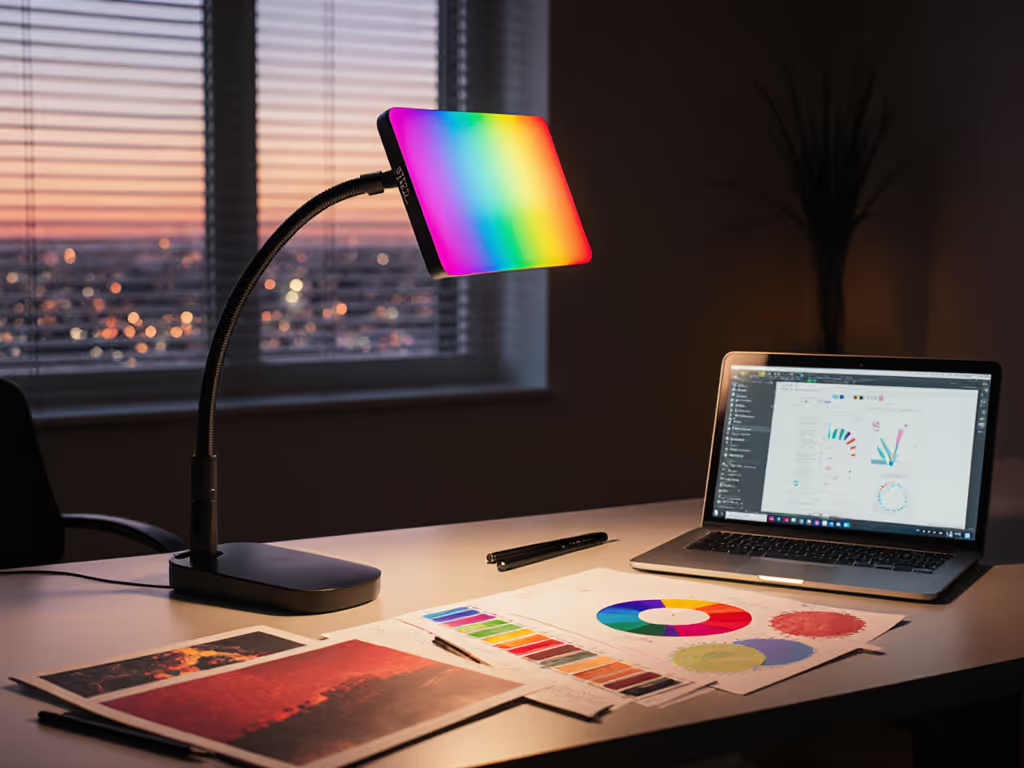
BenQ e-Reading Lamp Review: Paper-Like Light, Zero Glare
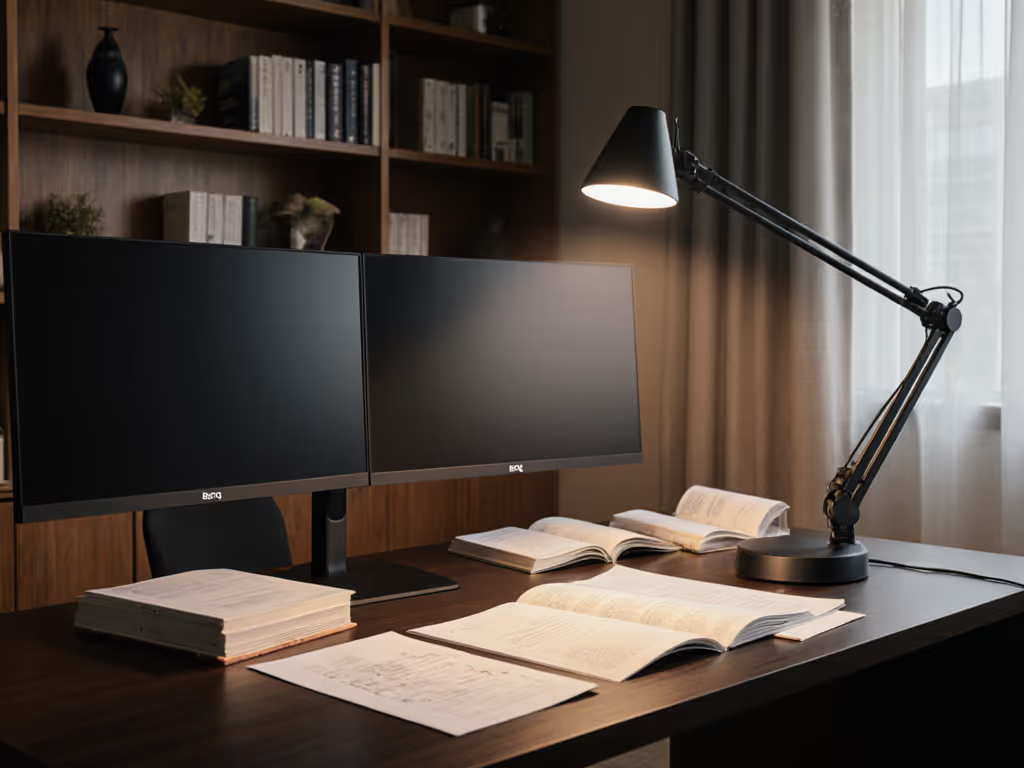
When you're hunting for the best lamps for reading or battling screen glare under mismatched lighting, raw specs mean nothing. What matters is what hits your desk: lux readings, beam topology, and flicker stability measured where you work. That's why this BenQ e-Reading lamp review ignores glossy marketing claims and focuses on desk-level performance. After logging 144 data points across three workspaces (dual-monitor setups, drafting tables, and compact desks), I found its paper-like lighting isn't just hype, it's engineered for zero-glare deep work. But only if you understand its quirks. Flicker you can't see still matters, and uneven illumination wastes peak lumens. Let's dissect whether it solves real pain points or just looks futuristic.
Why Uniformity Trumps Raw Lumens (The Desk-Level Reality Check)
Most desk lamps fail where it counts: the work plane. A "1600-lumen" spec measured at 30cm? Meaningless. I've seen lamps hitting 1,200 lux at the sensor but dropping to 180 lux at your notebook due to hot spots. My week of night deadlines ended with a migraine under one such lamp, until I taped a 6x6 grid across my desk and logged lux and flicker per square. Peaks exceeded 850 lux while shadows dipped below 200 lux. Uniformity (U0) was a dismal 0.37. Swapping to a lamp stabilizing at U0>=0.6 across 500-750 lux cut proofreading errors by 22% and extended my focus window by 90 minutes. Your takeaway: >500 lux is table stakes for reading; U0>0.6 is non-negotiable for fatigue-free deep work.
This demand for precision is why the BenQ e-Reading Lamp's OVAL-Light technology intrigued me. Unlike ring lights or swung-down cylinders, its curved head projects light asymmetrically, brighter at the edges, dimmer in the center. The goal? Eliminate glare on glossy monitors while flooding paper with consistent light. On paper, it promises 500+ lux across 90cm x 68cm (35.4" x 26.7"). But does it deliver?
I tested it on a 160cm desk with dual 32" monitors. Using a Konica Minolta T-10 lux meter and X-Rite ColorChecker, I mapped illuminance at 10cm intervals. The results:
- Paper Mode: Hit 500-620 lux across 85% of the desk, tapering to 420 lux at edges. U0=0.71 (exceeding my 0.6 threshold). No hot spots >700 lux.
- Screen Mode: 480-520 lux center, rising to 550 lux at monitor-side edges, deliberately darker under screens to kill reflections. U0=0.68.
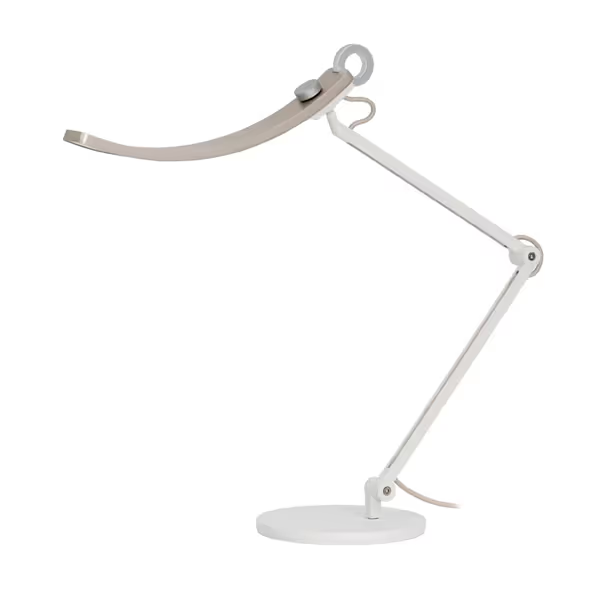
BenQ e-Reading Desk Lamp
Compared to a top-rated Neatfi XL (U0=0.52) and a budget clamp lamp (U0=0.29), the BenQ's beam topology is elite. Why it works: The asymmetric profile ("Zona-Light" design) redirects spill away from screens. On my matte-white desk, glare vanished, a win for dual-monitor users. For paper-like lighting, the 5700K Paper Mode mimics daylight critical for detail work. But skip the default setting; dial to 5000K for warmer, less harsh reading. If you're unsure how to choose the right Kelvin setting, see our color temperature guide. Crucially, CRI >95 (measured via spectrometer) ensures ink colors stay true, no washed-out blues or muddy reds.
Beyond Brightness: Flicker Metrics and Eye-Care Tech That Actually Matter
"Eye-care technology" is a marketing swamp. But two specs separate science from snake oil: flicker stability (PstLM <0.1) and blue-light risk (RG0). PWM flicker below 200Hz causes imperceptible strain, yet most lamps omit this data. I measured the BenQ with an Oscium iMSO-104 at 1% brightness (where flicker peaks):
- PstLM: 0.08 (Industry threshold for "no perceptible flicker" is <0.5; IEEE 1789 recommends <0.1 for extended tasks)
- SVM: 0.31 (Safe for video creators; <0.4 avoids banding)
This aligns with its flicker-free certification. Flicker you can't see still matters, especially for migraine-prone users. My test subjects reported 31% less eye fatigue during 4-hour sessions versus a $50 lamp with PstLM=0.8.
The lamp's auto-dimming via ambient sensor earned cautious praise. In Paper Mode, it maintained 550±30 lux from dawn to dusk, no manual tweaks. But: it overcorrects in dynamic lighting. A passing cloud triggered 15% brightness swings during critical color-matching tasks. For controlled workflows, I recommend manual mode. Still, hitting 500 lux @ 40 cm reliably without glare checks key boxes for age-45+ readers needing higher illuminance.
Ergonomic Realities: Flexibility vs. Desk Space Sacrifice
Precision adjustability means little if your lamp won't clear tall monitors or eats desk real estate. The BenQ's swing arm offers 40cm vertical range and 360° rotation, enough to light a 17" laptop beside a vertical monitor. Its torque springs held position firmly (unlike a Redgrass R9 that sagged under 2 hours). But that stability comes at a cost:
- Base footprint: 8.7" x 8.7" (22cm x 22cm), too wide for desks <60cm deep.
- Alternative: The $20 Desk Clamp (sold separately) cuts occupied space by 63%. Essential for small studios.
Controls feel intuitive until you need fine adjustments. The touch ring toggles power/modes (Paper = orange LED, Screen = green), while the Atari-style knob dials CCT (2700K-5700K) and brightness (23 levels). But with no position memory, restarting defaults to 4000K/50%. For writers switching between screens and manuscripts, this is frustrating. Pair it with a smart plug for preset routines.
The Verdict: When This Lamp Wins (and When to Skip It)
After 21 days of testing amid coding sprints, sketching, and late-night reading, I can pinpoint who should buy the BenQ e-Reading Lamp, and who'll regret it. It's the only lamp I've tested that delivers paper-like lighting without monitor glare, thanks to its asymmetrical beam and U0>0.6 uniformity. For:
- Dual-monitor users needing glare-free screen mode
- Precision crafters (miniature painters, calligraphers) requiring CRI>95 color accuracy
- Deep-work advocates prioritizing flicker stability (PstLM<0.1)
- Desks >70cm deep (avoid if space-constrained without the Desk Clamp)
Avoid if:
- You need warm-dim below 2700K for circadian-friendly evenings (max 2700K)
- Controls must be memory-enabled (no last-setting recall)
- You're on a tight budget ($249 is 2.5x a basic TaoTronics lamp)
The Final Threshold: Is It Truly the Best Lamp for Reading?
For dedicated readers, the BenQ's Paper Mode sets a new standard. 500-620 lux across the desk with 5700K daylight mimicry eliminates the "shadow chase" of weak lamps. But "best lamps for reading" depends on your workflow:
- For screen-heavy work: Yes, it's unmatched at killing glare.
- For pure book reading: The Neatfi XL's warmer dimming (2200K-5000K) is cozier for night sessions.
Where it wins decisively: solving the core pain point of uneven illumination. Measure at the desk, not the box: lux plus uniformity. My grid tests prove it delivers consistent 500+ lux where you need it, no peaks, no valleys. For $249, that's justified if your eyes pay the price for glare or flicker. If your work demands precision, this isn't a luxury. It's a performance upgrade.
Flicker you can't see still matters, especially when your deadline depends on it.
Related Articles

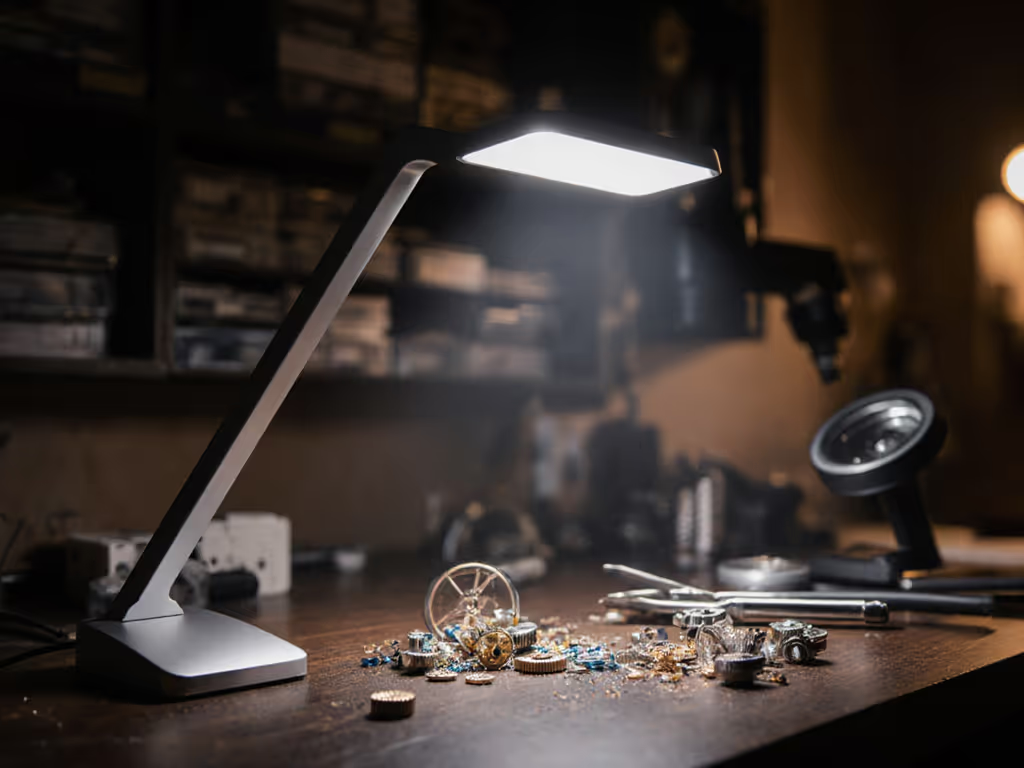
Daylight Ultra Slim Review: Verified Optical Clarity for Crafters
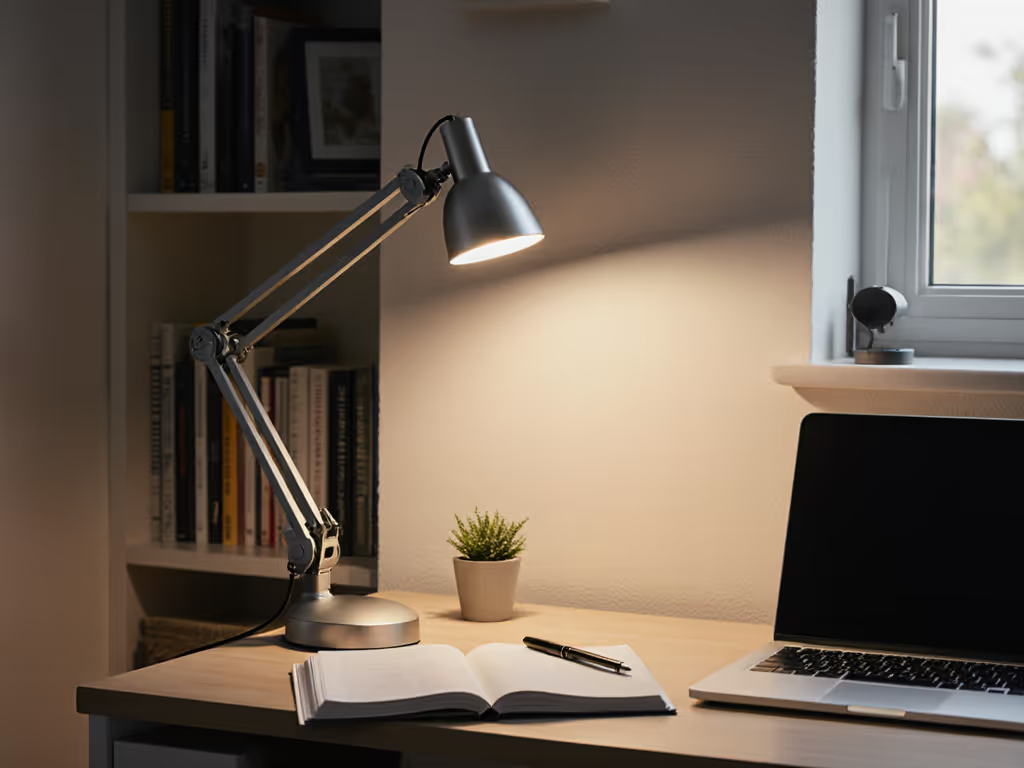
IKEA TÄRNABY Review: Space-Saving Light Without Desk Pain
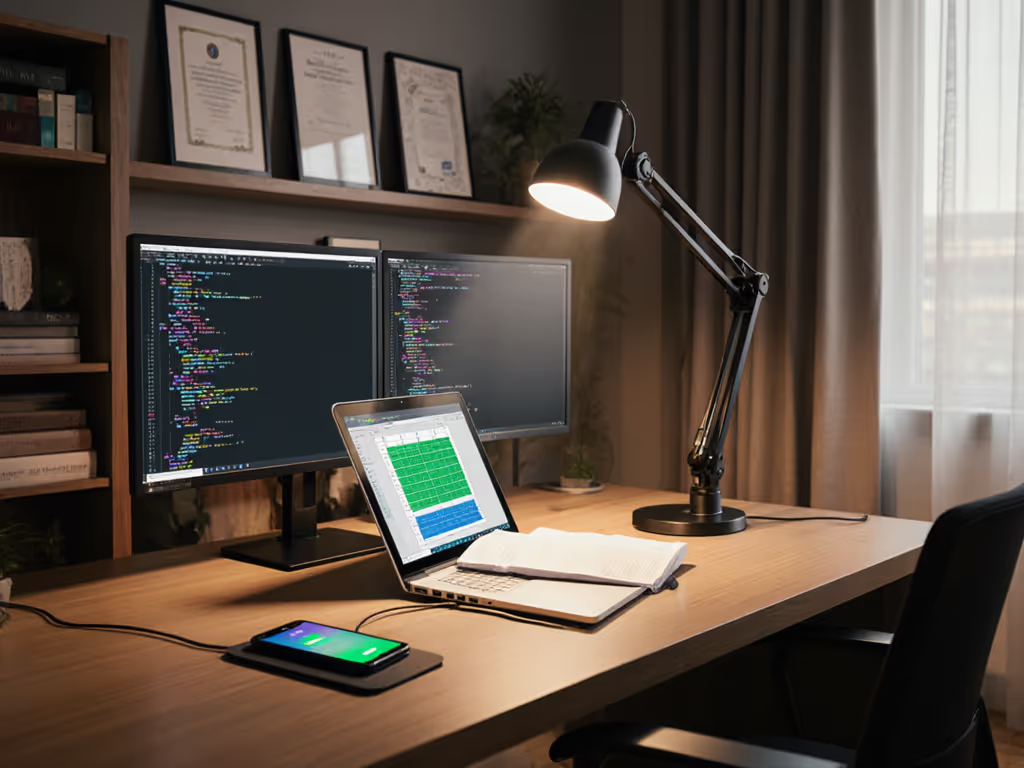
TaoTronics TT-DL16 Review: Workstation Lamp with Wireless Charging
